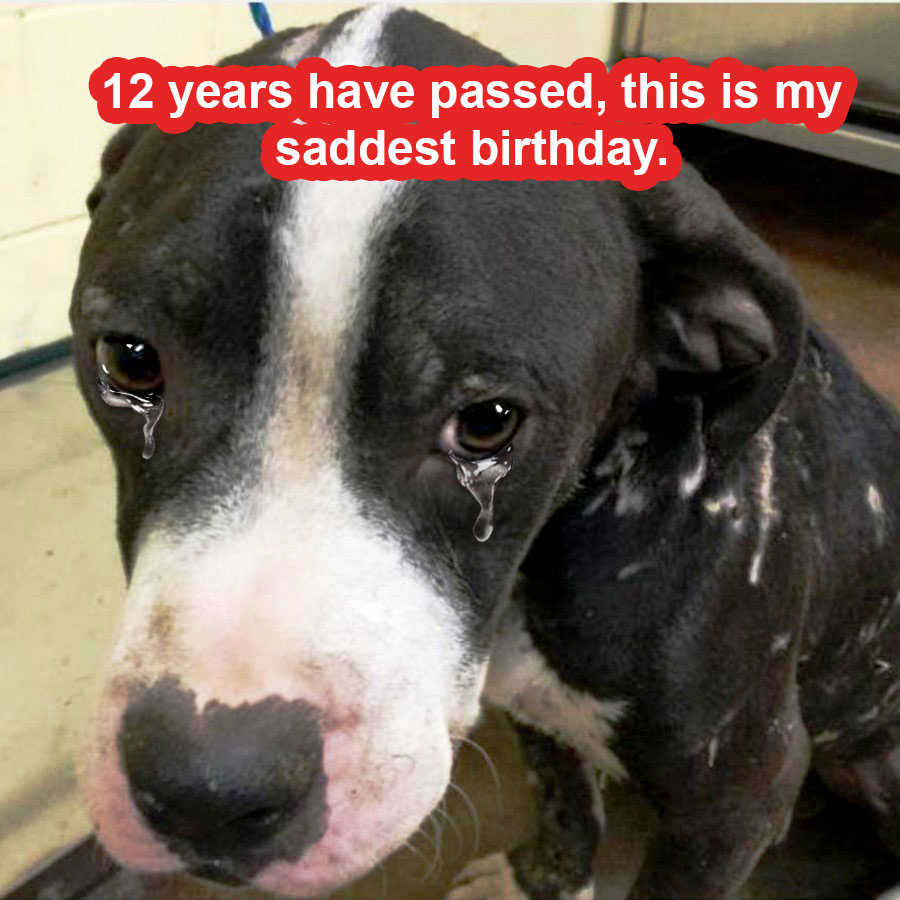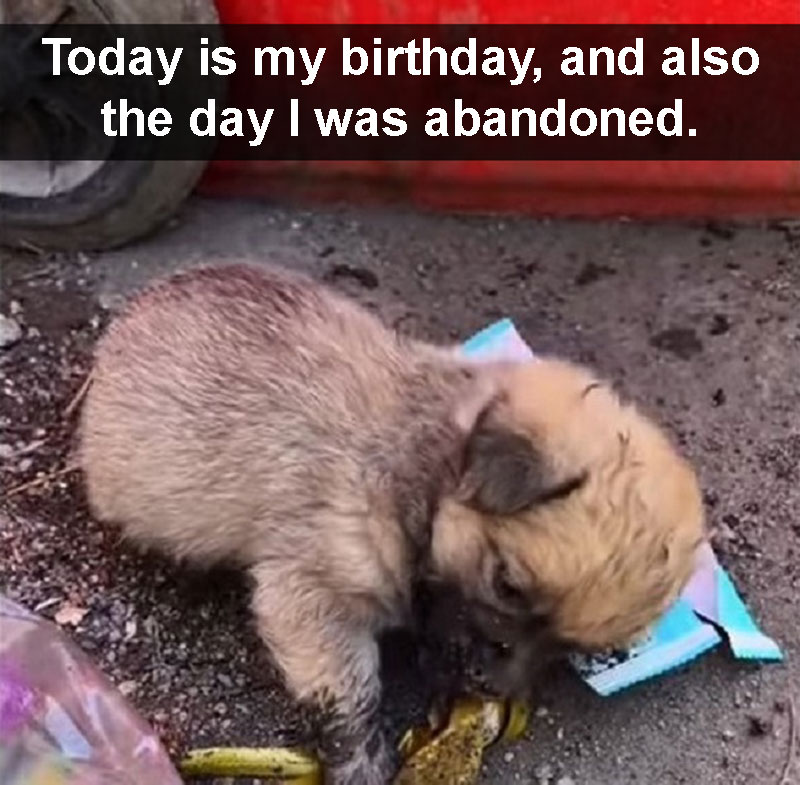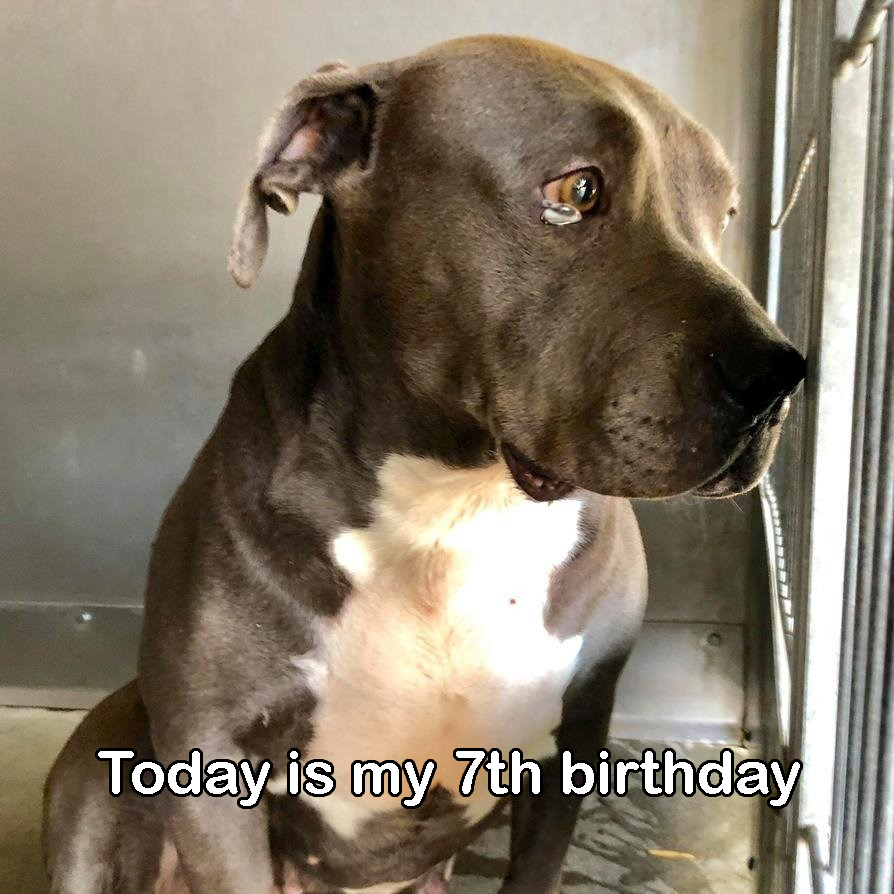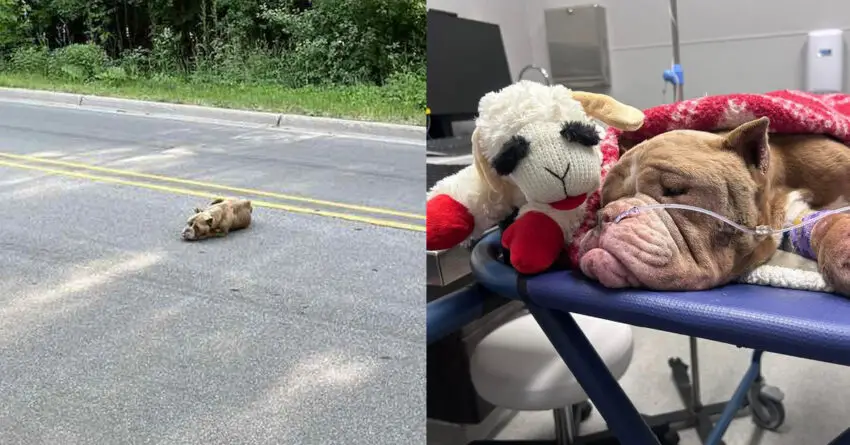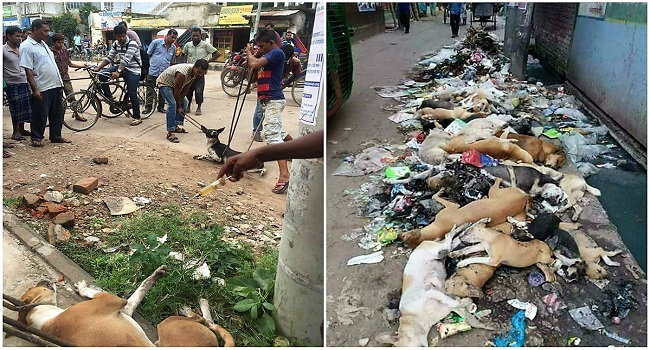
Historically, culling was only employed if there was a serious inhibitor to the health of a group of animals or a crop. And if culling was necessary, it didn’t mean d.e.a.t.h for the animal like it does in Bangladesh.
Dog Culling Is Illegal In Bangladesh
The animal protection laws go all the way back to 1920 in Bangladesh. The C.r.u.e.l.t.y to Animals Act legally forbids dog culling, and those who are caught are supposed to be fined or serve jail time.
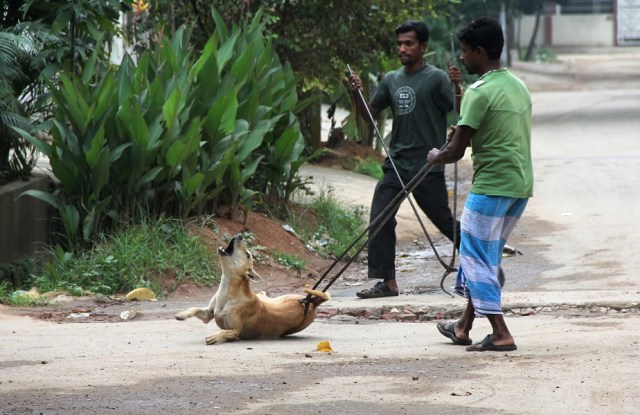
Yet every year, more than 20,000 dogs are culled in the capital city, Dhaka, alone. Citizens and animal rights groups have been protesting for new methods to control the stray dog population, which officials estimate to be around 2.5 million.
Essentially, the government of Bangladesh is ignoring the law and the outcry of the people.
The Reason For Dog Culling In Bangladesh
200,000 reports are being filed each year by people who have been bitten by strays and as a result, have contracted rabies. 2,000 people d.i.e each year from those bites. Bangladesh was seeing the highest d.e.a.t.h rates per capita in the world.
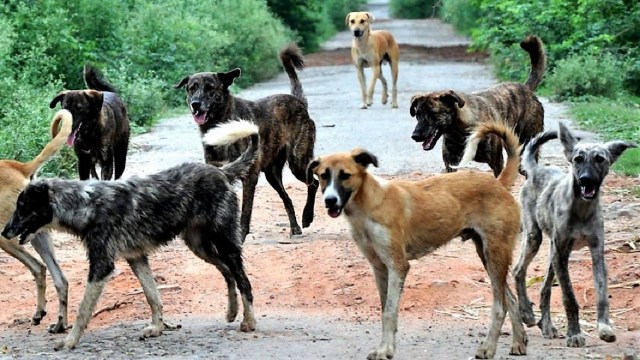
In response, the government is supposed to sterilize or vaccinate the strays, but has instead turned to brutal practices like dog culling.
The strays are caught by dog handlers who are employed by the state. They use long iron poles to hold the dogs down while they euthanize them. Usually, this happens right in the middle of the street as some form of entertainment.
The dogs don’t d.i.e right away, so they suffer greatly. After they d.i.e, they’re usually thrown into a truck where they’re then dumped to be destroyed.
The Story Of Kashtanka
The authorities came by one day and took him in their attempt to eradicate rabies, even though Rubaiya told them Kashtanka had already been vaccinated. Handlers k.i.l.l.e.d him, threw him in the back of a pickup truck and dumped Kashtanka in a landfill.
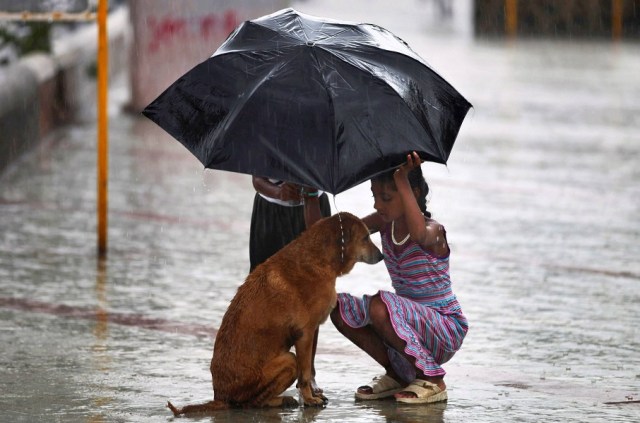
After losing Kashtanka, Rubaiya became an animal rights advocate. She founded Obhoyaronna, an organization in Bangladesh dedicated to protecting and saving street dogs.
Obhoyaronna partners with Humane Society International and the Food and Agriculture Organization. Rubaiya promotes the WHO-recommended approach to rabies prevention.
Humane Society International is calling on the government in Bangladesh to implement a nation-wide program called ABC (animal birth control) which would eradicate rabies using vaccination, not culling practices.
You can help too! Sign the petition to ban culling in Bangladesh once and for all! Overwhelming support has already been shown in a short amount of time.
Thank you for making a difference!














